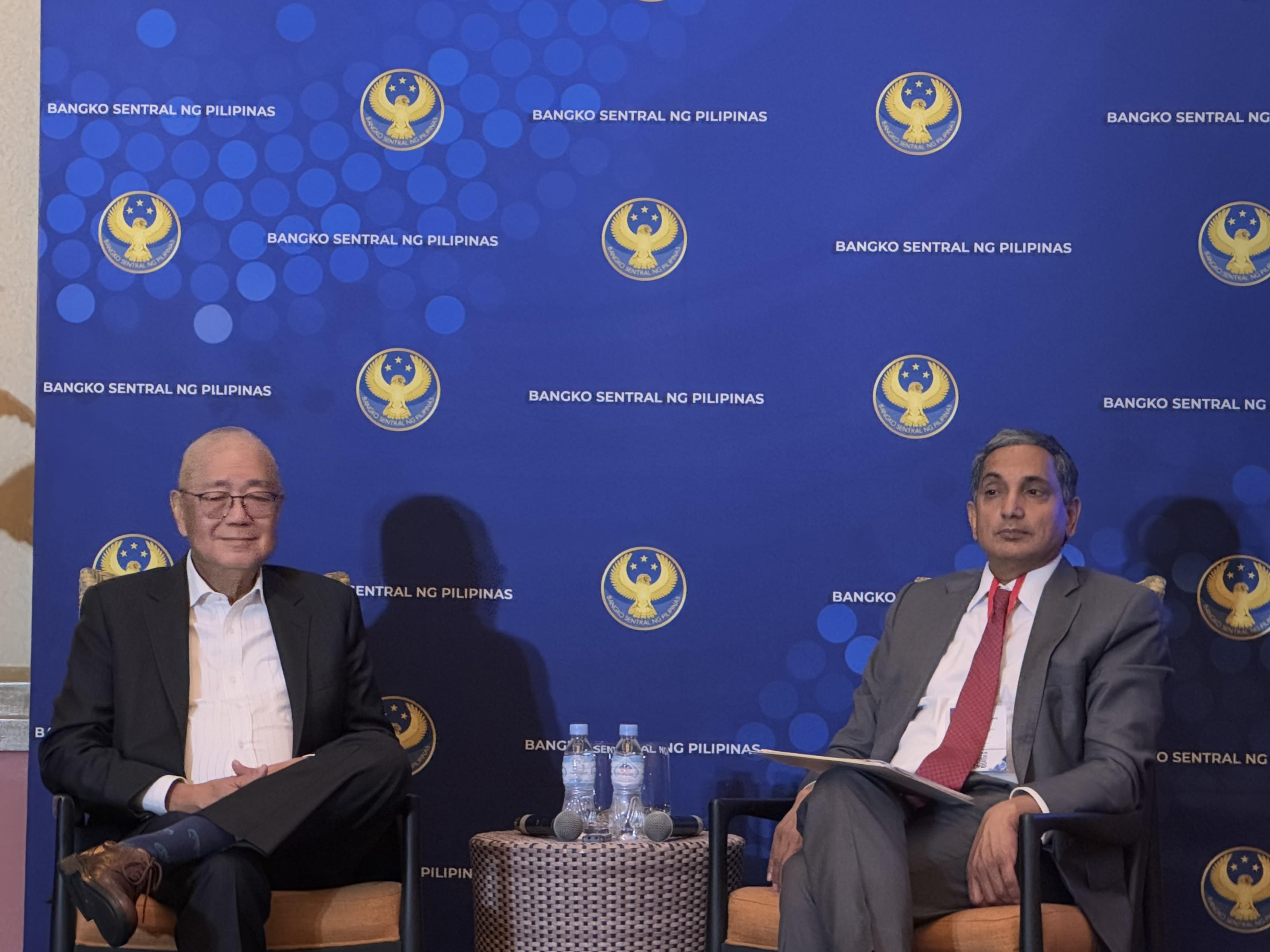BSP wants deeper look at non-bank financial institutions

MACTAN, Cebu — The Bangko Sentral ng Pilipinas (BSP) is set to look deeper into non-bank financial institutions (NBFIs) and move to reduce the regulatory arbitrage with local banking institutions, its head Governor Eli Remolona Jr. said.
In a press conference, Remolona said the central bank will be working to understand NBFIs — financial institutions that do not operate with a full banking license and do not accept deposits from the public but instead offer alternative financial services — better.
“We don’t know enough about NBFIs in the Philippines or have a good grasp of what the risks are, if they are similar to NBFIs in in the States or in Europe, although clearly less formalized than the NBFIs in the US and in Europe,” he told reporters on the sidelines of the BSP-IMF Systemic Risk Dialogue.
Remolona said that strong links are seen between banks and NBFIs, as the latter rely on the former at managing liquidity, while banks rely on NBFIs for the more complicated credit offerings.
“That’s the problem we saw and that’s the connection. Because of the connection, there are big problems at the NBFI sector, and they’re still small relative to banks, but there may be issues we have to watch out for,” he said.
“What we want to do, I think, and this is clear from the last discussion, is to reduce the opportunities for regulatory arbitrage. We want them to exist not because they are able to escape regulatory burdens. We want them to exist because they have some comparative advantage on the fundamental sense,” he added.
NBFIs include investment houses, financing companies, investment companies, securities dealers and brokers, pawnshops, lending investors, non-stock savings and loan associations, credit card companies, and authorized agent banks foreign exchange corporations.
It also includes the Social Security System (SSS), the Government Service Insurance System (GSIS), and private insurance companies where assets are reported net of allowance for probable losses and depreciation.
“They’re better at making some kinds of credit and banks are better at managing liquidity, so we want that to be the framework we’re looking at for non-bank financial institutions,” Remolona said.
“At the same time, we’re gonna work hard to learn more about them, including gathering more data about them. They’re likely to grow and we want to be able to keep up with what they’re doing,” he added,
Preliminary data from the BSP shows that the total resources of the Philippine financial system, excluding those of the central bank, were recorded at P33.075 trillion as of end-September. Resources of NBFIs stood at P5.524 trillion as of end-September, up from P5.247 trillion the same month in 2023.
Resources of banks, meanwhile, were recorded at P27.550 trillion — universal and commercial banks with P25.818 trillion, thrift banks with P1.141 trillion, digital banks with P111.8 billion, and rural and cooperative banks with P478.9 billion.
For his part, International Monetary Fund (IMF) Asia and the Pacific head Krishna Srinivasan, citing sessions during the dialogue, said banks and NBFis are intertwined.
“Don’t think of NBFIs in isolation. They’re intertwined with banks in some sense. A healthy non-bank financial sector can contribute to the real economy and the sector is growing, not just in the Philippines,” he said in the same press conference.
“The Governor said it’s small. It might be small, but in other countries, it’s larger, and the important aspect here is that this will be well regulated so that they don’t cause systemic risks,” he added.
--VAL, GMA Integrated News




